Click on images to enlarge
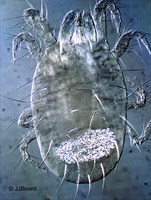
Fig. 1. Eotetranychus lomandrae - adult female habitus.
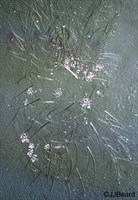
Fig. 2. Eo. lomandrae - adult female habitus.
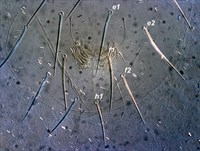
Fig. 3. Eo. lomandrae - adult female, posterior dorsum.
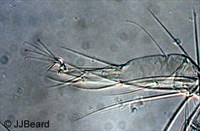
Fig. 6. Eo. lomandrae - adult female, tarsus IV.
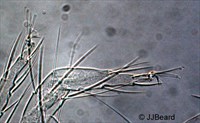
Fig. 5. Eo. lomandrae - adult female, tarsus III.
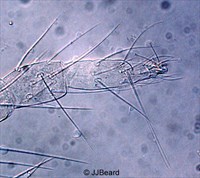
Fig. 4. Eo. lomandrae - adult female, tarsus I.
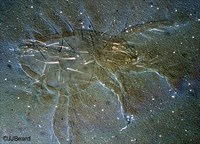
Fig. 7. Eotetranychus lomandrae - adult male habitus.
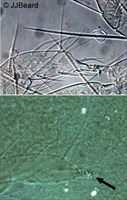
Fig. 8. Eo. lomandrae - adult male, tarsus I - arrow indicates empodium.

Fig. 9. Eo. lomandrae - adult male, gnathosoma - arrow indicates peritreme tip.
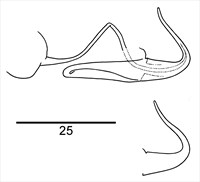
Fig. 10. Eo. lomandrae adult male holotype - detail of aedeagus, with and without associated structures.

Fig. 11. Eo. lomandrae - adult male, different views of aedeagus.
Material examined
types; non-types
Taxonomy
Subfamily Tetranychinae
Tribe Tetranychini
Distribution
*Australia: south eastern Queensland
Taxonomy Changes
None
Diagnosis
Female (Figs 1,2,3)
- empodia I-IV two pairs of three proximoventral hairs (Figs 4, 5)
- peritreme ending in simple expanded bulb
- pregenital striae transverse
- dorsal opisthosomal striae transverse
- lobes on striae small, rounded, closely spaced, some sub-triangular and widely spaced
- palp with spinneret stout, twice as long as wide
- dorsal setae f1, f2 and h1 subequal in length, much longer than setae h2 and h3
- tarsus I with sockets of four tactile setae proximal to socket of proximal duplex seta (Fig. 6)
- tarsus II with sockets of none-two tactile setae and one solenidion proximal to the socket of the duplex seta
- tibia I-IV 9-10(1+0), 6, 5-6, 5-6
- pale greenish-yellow with several dark olive green spots laterally along body, with orangey-yellow prosoma and legs; eggs yellow-orange, flattened on leaf, often laid in single rows
Male (Fig. 7) as per female plus:
- empodium I claw-like (tip of claw divided into 3 teeth, as on a comb - not easily seen) (Fig. 8)
- peritreme ending in simple bulb (Fig. 9)
- palp with small spinneret, 2-3 times as long as wide
- tarsus I with sockets of four tactile and two-three solenidia proximal to the socket of the proximal duplex seta (Fig. 8)
- tarsus II with sockets of one-three tactile setae and one-two solenidia proximal to the socket of the duplex seta
- tibia I-IV 12-13(3-4+0), 7(2+0), 6(1+0), 7(1+0)
- aedeagus dorsally directed, sinuous, finely tapered, needle-like, dorsally directed part twice length of main shaft (Figs 10, 11)
- orangey-yellow
Hosts
Lomandra laxa, *L. longifolia (Dasypogonaceae)
Similar Taxa
Eotetranychus lomandrae is similar to E. hudsoni Miller 1966 but differs in the very much longer aedeagus, in addition to some leg chaetotaxy.
In addition, Eotetranychus lomandrae is close to E. steganus Pritchard & Baker in the shape of the aedeagus, but differs in various details of the leg chaetotaxy especially of tarsi I and II (Davis 1968b).
Biology
References
*Davis, J.J. (1968b) Studies of Queensland Tetranychidae. 4. Eotetranychus lomandrae sp. n. A spider mite found on matrushes. Queensland Journal of Agriculture and Animal Sciences 25: 69-72
Miller, L.W. (1966) The tetranychid mites of Tasmania. Papers and Proceedings of the Royal Society of Tasmania 100: 53-76
Notes
Eotetranychus lomandrae is close to E. hudsoni which was described from Lomandra longifolia one of the hosts of E. lomandrae from Tasmania (Miller 1966); however they differ in the shape of the aedeagus and leg chaetotaxy. Eotetranychus hudsoni also occurs in Queensland with E. lomandrae on L. longifolia .
Copyright © 2018. All rights reserved.